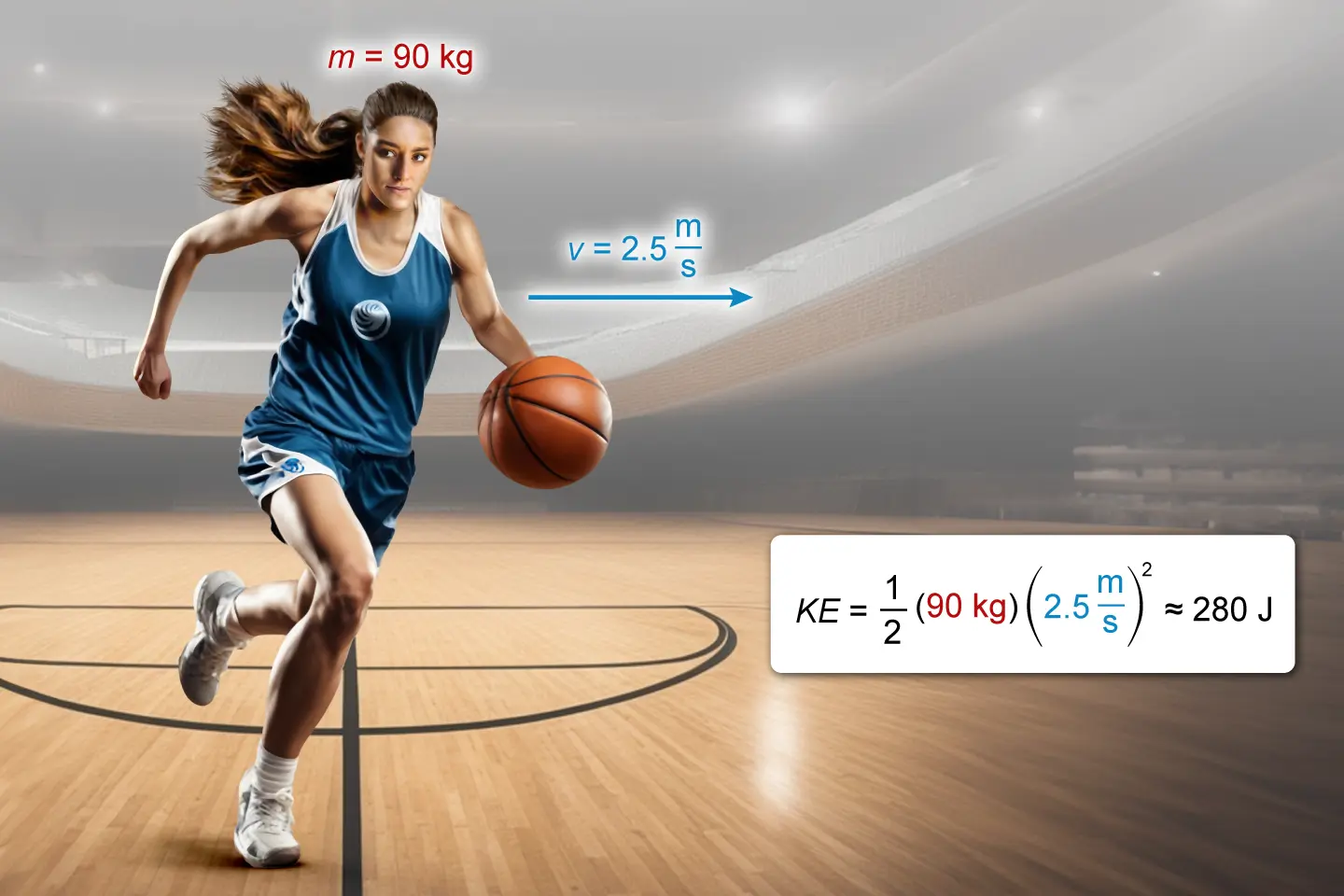Starting to prepare for the SAT® exam can feel like a daunting task. It is hard to know where to even begin. Here are some practice tips to keep in mind.
Practice Tests
The best way to practice and prepare for the SAT exam is through practice tests. Practice tests should have realistic test questions, structures, formats, difficulties, and time restrictions. You should do the best that you can to ensure that you take your practice exam in a setting that is as close to the official SAT exam site as possible.
Use Realistic Test Questions
Throughout the Reading, Writing, and Math exams, most questions are in multiple-choice format. Some questions in the Math exam are called grid-in questions. Grid-in questions require that you handwrite your answer in a table and bubble in the corresponding numbers.
These student-produced responses can be intimidating, especially if you don’t have experience with them. Be sure that your practice exams follow the same format and question style that you will experience and work on throughout the SAT Reading, Writing, and Math exams.
Use Practice Tests With Realistic Structures, Formats, and Difficulty Levels
The first section of the SAT test is the Reading exam. You will have 65 minutes to answer 52 multiple-choice questions that focus on passages and graphics. The passages will focus on topics in literature, history, social science, and science.
Some passages are paired and will ask you to compare or find connections between two opinions or perspectives. Your practice exam should include one passage focused on topics in literature, two passages concentrating on topics in history or social sciences, and two passages focused on topics in science.
Each passage contains 500 to 750 words. After you read the passage, you will find 10 to 12 multiple-choice questions. Your practice exam should test the following skills in order to be realistic to the official SAT exam: pinpointing evidence, interpreting details, identifying main points, making inferences, evaluating writing styles, identifying the purpose of a detail, defining vocabulary in challenging contexts, and analyzing data through data graphics.
The SAT Writing exam lasts a total of 35 minutes, during which you will read four passages and answer 44 multiple-choice questions. These questions focus on your ability to pinpoint, edit, and correct writing errors.
The SAT Writing test assesses your skills through questions categorized as Command of Evidence, Expression of Ideas, Standard English Conventions, and Words in Context questions. The passages throughout this section of the exam will focus on topics in humanities and careers.
Expect some passages or questions to require your understanding of a graph, table, or chart.
Most questions throughout the SAT Writing exam look like this:
- Select an answer.
a. NO CHANGE
b. ______
c. ______
d. ______
To answer these questions, find the number in the text that correlates to the question number and assess whether any edits or corrections are necessary within the underlined material.
The SAT Math exam is broken up into two sections: a Calculator section and a No Calculator section. Throughout these two sections, you will find questions that fall into the following categories: Heart of Algebra, Passport to Advanced Math, Additional Topics, and Problem-Solving and Data Analysis questions.
Be sure that you gain some practice with grid-in questions during your practice work. Grid-in questions occur in both the Calculator section and the No Calculator section. During your practice work, you should also spend time memorizing the formulas you must know to solve questions throughout the Math exam.
The SAT test booklet will provide you with some of the formulas that are necessary to solve geometry or trigonometry questions. Still, there are many algebraic formulas that you must have memorized in order to succeed in the SAT Math test.
Time restrictions
As you work through SAT practice exams, pay attention to the timing restrictions the College Board® places on students during the official SAT test.
It is important that you practice under the same time restrictions in order to understand your performance tendencies. Knowing which questions, subsections, or sections slow you down is an essential part of your practice work.
Be sure that you know what to expect (from your own performance and the more difficult questions) in terms of timeliness.
Setting
Another important part of your SAT test prep should be focused on the setting in which you are practicing. While you may not be able to replicate the environment of the official SAT exam perfectly, you can do your best to take practice tests in realistic conditions.
It is also essential that when you take a practice exam, you take every section at once. Practicing one section at a time will not accurately reflect the testing fatigue that occurs when you take each section consecutively.
When you take a practice test, work through each section (in order) so that you can accurately understand your performance as you get tired.
As you prepare for the SAT exam, consider these factors. Your practice work should be realistic, and you can use this page as a guide when ensuring that your practice tests include important details. You can ensure that your practice work is legitimate if you work through UWorld’s SAT Prep Course.
Our practice exams, detailed question explanations, and performance tracking tools can provide you with realistic and helpful experience for test day. We offer thousands of test questions that match the style and level of difficulty you will find on the official SAT test.
We also provide performance tracking tools to pinpoint your weak points and track improvements. The question explanations are super helpful for learning from your mistakes and understanding the questions on a deeper level. Try it out to start practicing and preparing for the SAT test today!




